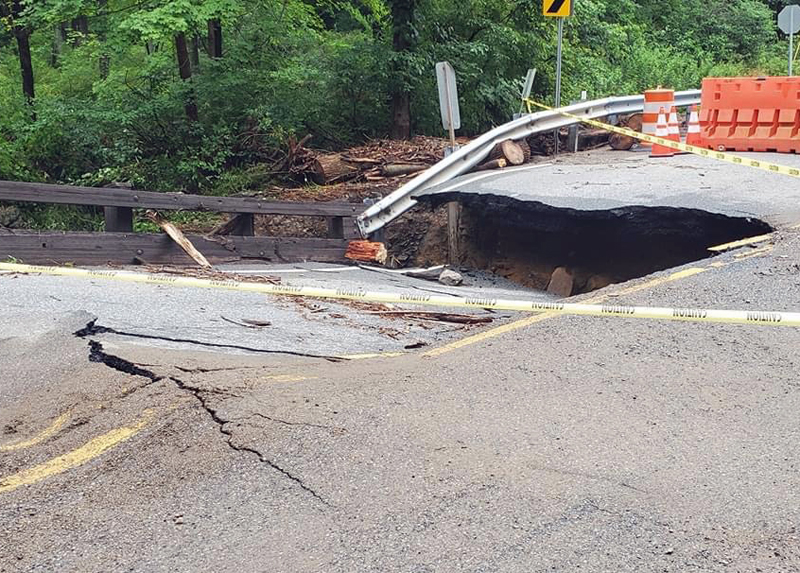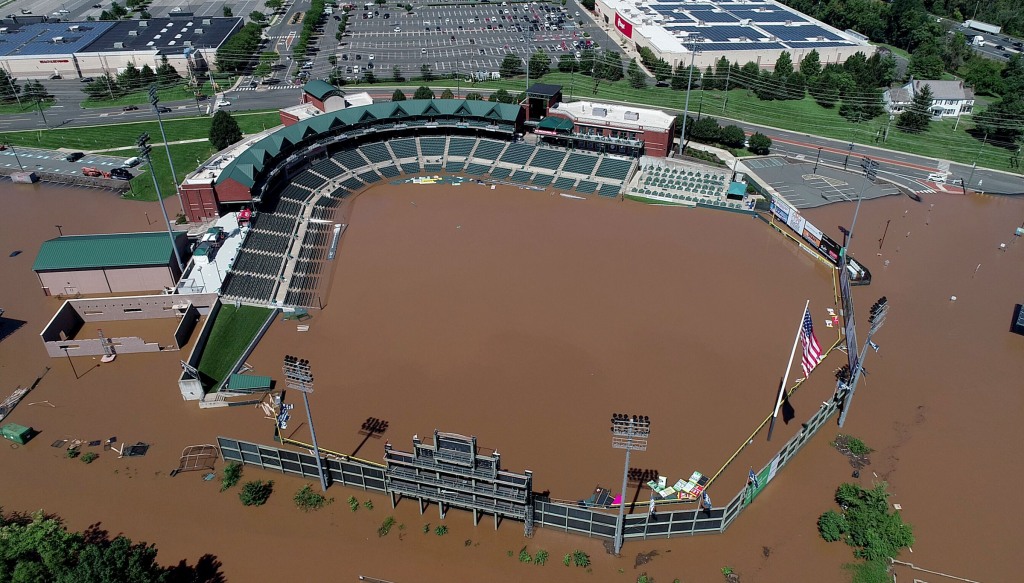Sultry: July 2023 Recap

Yet another warmer-than-normal July is in the books. Nine of New Jersey’s 11 hottest Julys dating back to 1895 have occurred since 2010. Unlike last year where the heat was accompanied by the 12th driest July, this year was a wet and humid one, the 22nd wettest on record. The statewide average temperature of 77.2° was 1.8° above the 1991–2020 normal and 3.3° above the 1895–2021 period-of-record mean, ranking 10th warmest on record (tied with 2016). The average high was 87.0°, 1.3° above normal and ranking 18th warmest. The average low was 67.4°, 2.3° above normal and ranking 4th warmest. The northern climate division averaged 75.2° (+1.5°, 12th warmest), the southern division 78.5° (+2.0°, 10th), and the coast 78.3° (+2.1, 8th).
The 6.27” statewide average precipitation was 1.56” above normal to earn the 22nd wettest ranking. The northern division averaged 7.37” (+2.65”, 16th wettest), southern division 5.64” (+0.90”, 30th), and the coast 5.09” (+0.71”, 36th). The largest totals were found in Warren County and adjacent northwest counties, with some totals over a foot. The Pinelands region received the least, with totals of 2.50” to 3.50”.



